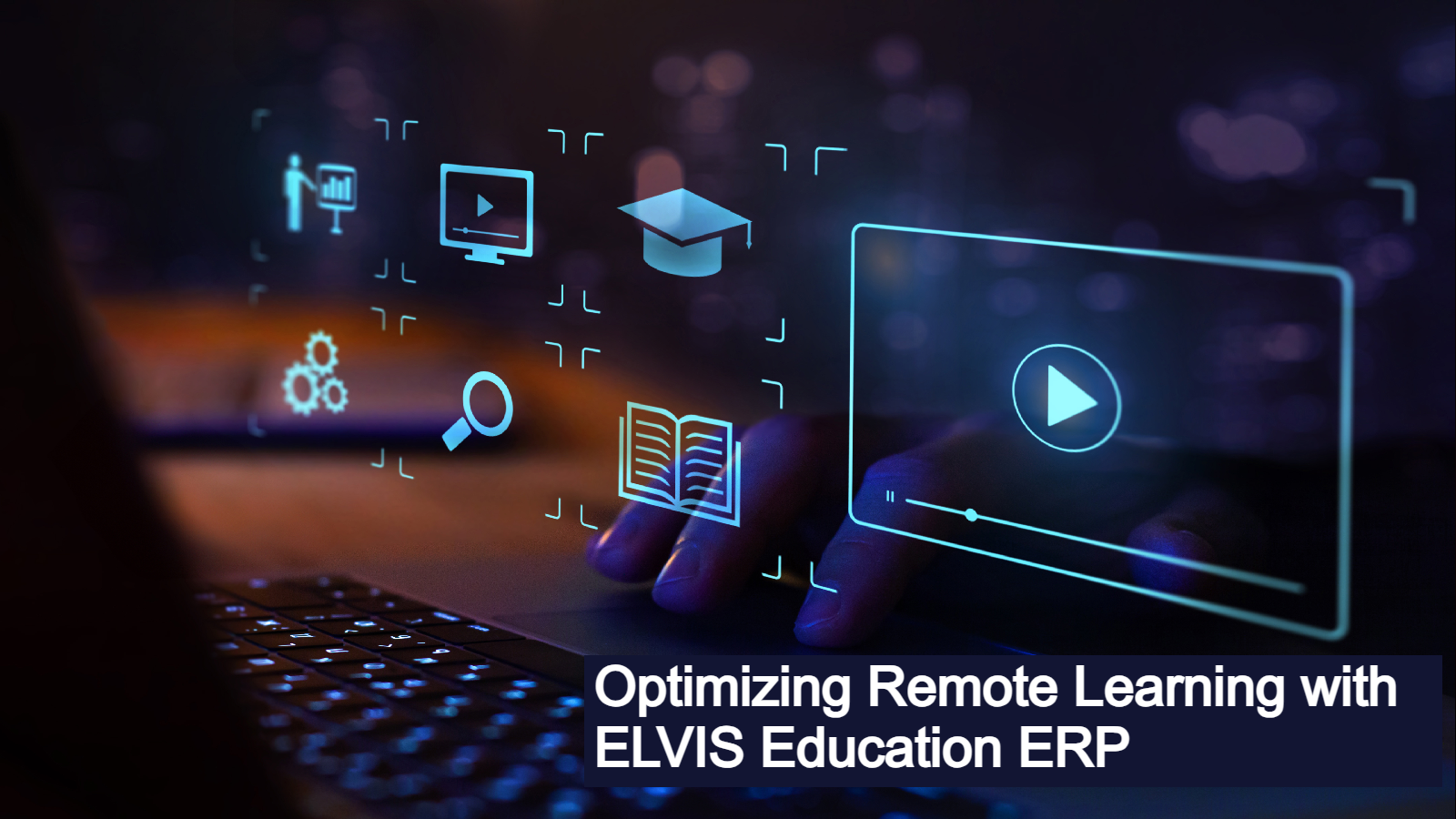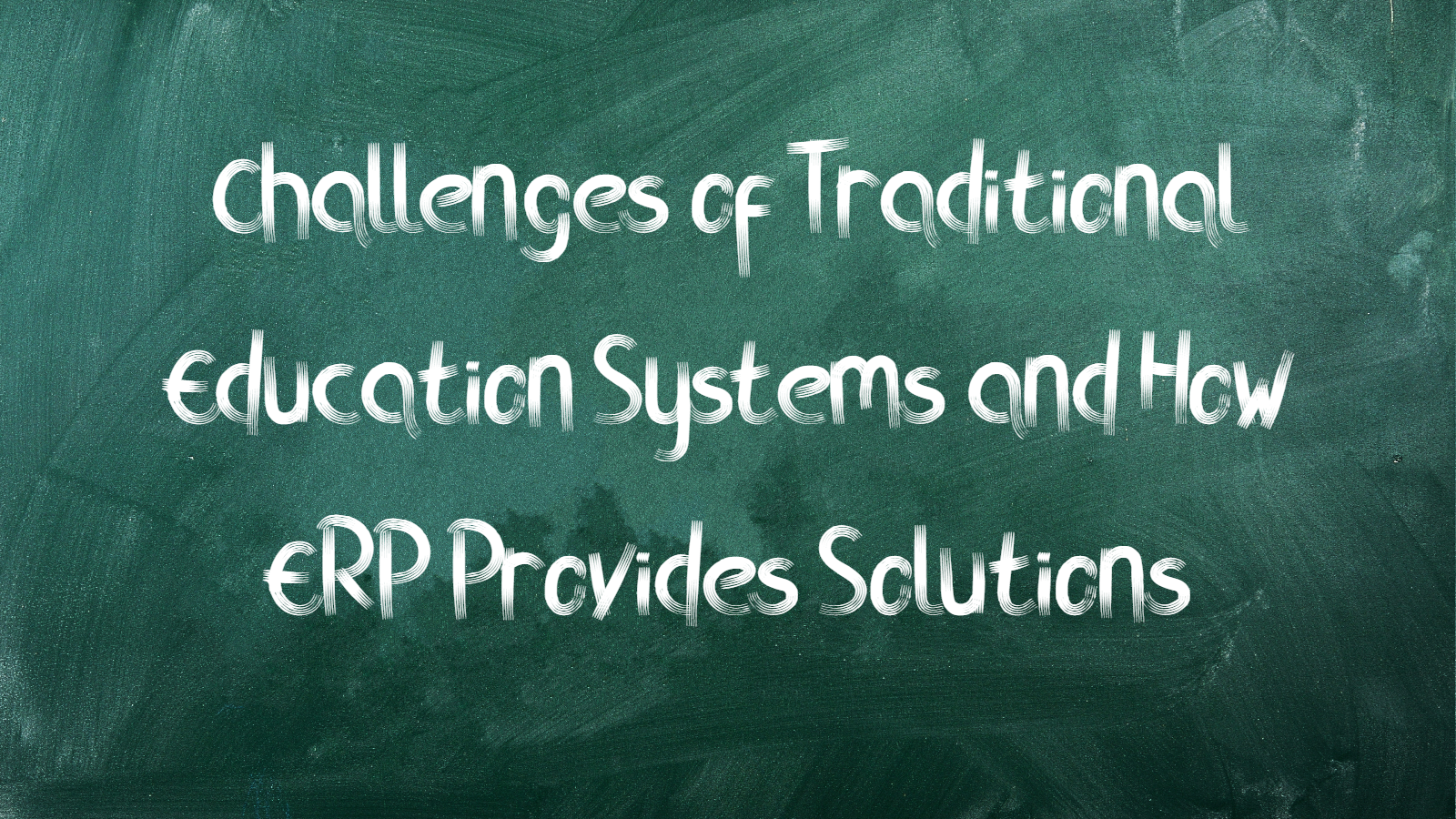eLearning System
E-learning was originally used in the educational business in the 1990s as a supplement to face-to-face instruction. eLearning has been viewed as a trendy way to outshine the method it was supposed to promote over the years. The educational business has seen significant changes as a result of massive technical breakthroughs, upgrading trends, and other factors. The COVID-19 pandemic has caused a massive upheaval in the education sector around the world in recent years.
Many profitable industries were devastated by the epidemic; the educational industry was the only one to survive from the start. In the last few years, global investment in educational technology has surged from 500 million dollars to 16.1 billion dollars. It is predicted to reach $388.23 billion by the end of 2026, demonstrating the global preference for online education. Since 2014, demand for online MBA programs has increased year over year, according to the Global Management Admission Council (GMAC). These technologies are here to remain, given the shift in learning preferences.
Flexibility, cost-effectiveness, convenience, and time savings are all advantages of eLearning. It can be difficult to reap the benefits if you are unaware of the most recent eLearning innovations. Let’s take a look at a few of them.
- Adaptive learning
- AI
- Microlearning
- Social learning
- Gamification
- VR/AR
- Mobile learning
- Video-based learning
- Big data
- Curated content
Adaptive learning
This trend is a training strategy that provides learners with a customized learning experience. This method of instruction and remediation is based on data. Learners can learn at their own speed and leisure using adaptive learning. This approach combines analytics and massive data sets with statistical modeling to track students’ progress, forecast their chances of success, and adapt course materials based on their performance. It has the potential to make personalized learning available to a large number of students. This is due to the fact that adaptive learning is built on analytics, which will continue to improve as more data is collected on more students, resulting in increased accuracy.
This adaptive learning trend can be achieved via AI technology, but there are other approaches to generate adaptive learning as well. When employed under the correct circumstances, it can help students achieve their goals and improve their learning outcomes. As AI is integrated with adaptive learning, it is predicted to reach new heights by the end of 2022. In adaptive learning, learners can choose the learning paths they want to take.
AI
This is one of the most often discussed educational trends. Artificial Intelligence (AI) is a term used to describe computer systems that use algorithms to detect patterns in massive volumes of data and perform activities that need human cognitive processes and decision-making abilities. As AI has demonstrated a wide range of capabilities in learning personalization, its function and importance are growing. AI plays a critical role in gathering and evaluating student data from LMS platforms.
AI aids in the identification of students’ skills, allowing them to apply for jobs. AI can help educational institutions improve and tailor student learning experiences, as well as assist learners in deciding what they want to learn. AI can also deliver just-in-time advice during learning events such as online courses or live webinars. Everyone in the educational institution has timely access to information. AI has the potential to act in a similar way to adaptive learning but at a higher level.
Micro learning
This is one of the most recent educational trends that is gaining traction. It’s especially important in this digital age when humans have an attention span of only 8 seconds. The usage of microlearning has increased by 50% in recent years, mostly to improve knowledge retention while decreasing costs in half. Microlearning divides the info into parts in which pupils can quickly comprehend the concepts. This technology also aids in the recovery of lost knowledge or academic deficiencies.
Microlearning consists of brief, targeted courses (typically 3 to 6 minutes) that combine videos, quizzes, and games to achieve a specific learning goal. If you want your students to continue to grow, you must provide them with the best learning opportunities possible. Students can access bite-sized knowledge whenever they choose thanks to innovative microlearning technology connected with your LMS. As a result, it will be easier for students to choose learning options that appeal to a diverse group of learners at the correct moment.
Social learning
When a baby is born, her or his parents and those around him or she will teach him or her to speak. The word “engage” is a simple way to summarize this tendency. Create an environment where students can connect and communicate during each session to implement social learning. In the workplace, where a production environment can be created, this form of learning is becoming increasingly popular. The learners can use his tool to share the information they are given in order to advance as a group. So that students might benefit from a sharing culture among their classmates.
Because of its organic character, social learning is a very cost-effective way to give students a better learning experience. According to statistics, informal and social learning will account for 75% of all learning by the year 2022. A well-development plan includes learning via self-reflection, friends, learning groups, teachers, mentors, and peer groups. The gap between knowledge and behavior modification will be bridged by social learning. It is the most important aspect of establishing a social learning culture in your educational institution. When it comes to student engagement, social learning in the coming years will be more about aiding students and less about delivering material.
Gamification
The educational industry is no stranger to the concept of gamification and game-based learning. In eLearning, gamification refers to the use of engaging game mechanics to increase student engagement and retention. Initially, this tendency was thought to be limited to game-based learning, but it has now evolved into a crucial component of modern e-learning tactics. Most educational institutions are now utilizing gamification to improve learning effectiveness.
Gamified eLearning courses assist students in making the learning experience more enjoyable. They make the course content more appealing to students, increase motivation, improve subject memory, and so on. Gamification, when utilized in corporate training, promotes an emotive and immersive learning experience. In the eLearning sector, gamification plays a major role. The use of gamification was predicted to be worth 2.6 billion dollars in 2016 and is expected to grow to 7.3 billion dollars by the end of 2022. Above all, by 2025, it is anticipated to expand by 28.8 billion dollars.
Gamification allows businesses and educational institutions to create intangible incentives that lead to better learning outcomes. You can unlock badges for completing a set number of lessons in a course with a gamified LMS, which is a positive reinforcement of the effort you are putting in. Many educational institutions have begun to include gamification into their learning management systems. This method is great for engaging students and providing a high level of interest and excitement while learning.
VR/AR
In the age of technological growth, AR (Augmented Reality) and VR (Virtual Reality) has almost created a name for themselves. Both of them have gained a lot of traction in the educational business through online learning. The distinction between augmented reality and virtual reality is that virtual reality immerses a user in a completely simulated environment, whereas augmented reality is similar to experiencing the real world with the addition of computer-generated material. Students’ learning experiences are enhanced by these two technologies, which provide them with a realistic view from numerous perspectives in a replicated, remote, or hypothetical setting.
The usage of these technologies in the educational business is growing year by year, and in the coming years, the costs are predicted to decrease, making them more affordable and accessible to consumers. There is also a surge in devices with AR capabilities, and the technology, particularly tools like eye-tracking and motion capture, will become more sophisticated.
Mobile learning
Mobility has become an essential aspect of billions of people’s daily lives all around the world. There were over 6.95 billion mobile users in 2020, 7.1 billion in 2021, and is predicted to double by the end of 2022, according to the data. This demonstrates that individuals prefer mobile technology to other forms of technology. Mobile education is advancing to new heights. There are numerous advantages to mobile learning. They have access to the data at any time and from any location. Teachers can keep track of their student’s progress. You should make sure that your eLearning resources are mobile-friendly, just as your desktop products. This makes learning new abilities much easier.
According to experts, the advantages of eLearning, such as accessibility and flexibility, will keep the eLearning trend alive and well in 2022. As a result, it should come as no surprise if mobile technology is combined with immersive technology to deliver excellent learning materials. From mobile-ready to mobile-first learning, eLearning will progress.
Video-based learning
Videos have become an important aspect of online learning in recent years, and they will continue to be a focus of eLearning systems. Visual learning is a powerful and effective blend of sound and visual content that helps learners absorb information more easily. Students will never miss any section of the lesson if they have access to the visuals at any time. This type of online learning differs significantly from traditional classroom learning, in which students must remain attentive during the class in order to understand the lessons.
According to the study, 69% of individuals prefer to watch the video over other forms of media. Demos, tutorials, video lectures, and other types of video information are now preferred by students over textbooks and manuals. Videos have superior information retention rates than any other means of learning because they are more aesthetically appealing, engaging, fluid, and technically established.
Big data
Another innovation that is assisting the educational profession in a variety of ways is big data. It can also aid in the creation and implementation of your learning strategy. Big data is all about maximizing the value of data acquired by your systems (LMS, social media, etc.). For example, if you manage a training institute, the data could include student progress, efficiency, test results, and other information. Institutions can adjust training to the particular needs of their learners and maintain track of their actions over the academic period by collecting and analyzing this data.
The decision-making process is made easier and more successful using big data, data analytics, and data visualization technologies. Big data analytics must be tightly controlled. The year 2022 could be a watershed moment in the education business.
Curated content
Curated material has been around for a while, but in the eLearning world, it’s transitioning from one bespoke eLearning course to a curated learning experience in and out of the office. “Easily integrate any sort of digital content and allow learners, as well as business managers, to contribute and recommend content,” according to the top learning systems. You’ll be able to deliver, track, and report on curated courses using a learning management system (LMS). LMS administrators can also choose which courses learners should attend and include external links to resources such as Ted Talks or your company’s website.
Final thoughts
The educational industry is under criticism from people who claim that online learning will never be as effective as traditional classroom instruction. Education is one of the industries that is slowly evolving, as proved by the changes we’ve seen in the last ten years. This movement has undergone exponential change as a result of technological advancements, and learning has become more accessible and convenient. As we saw in the case of COVID-19, contemporary technologies and educational trends present us with solutions to every difficulty. Educational institutions can use these technologies to establish development methods for their students, allowing them to profit from enhanced learning satisfaction, better understanding, and information sharing.








